Article
How transcanalicular DCR helps nasolacrimal obstruction
Author(s):
Laser-assisted transcanalicular dacryocystorhinostomy is a quick, minimally invasive procedure that may yield a higher success rate than more traditional dacryocystorhinostomy approaches.
By Brigita Drnovšek-Olup, MD, PhD, Special to Ophthalmology Times
Ljubljana, Slovenia-Nasolacrimal drainage obstruction (NLDO) is a common disorder that may be congenital or acquired. Symptoms include excessive tearing, pain, recurrent conjunctivitis, bloody tears, dacryocystitis and general irritation of the eye.
In infants, NLDO typically arises as a result of problems in normal development. In adults, NLDO can be classified as primary or secondary. Primary acquired NLDO affects more females than males, likely explained by the fact that women have smaller lower nasolacrimal fossa and middle nasolacrimal ducts than men; hormonal fluctuations may also contribute to the development of the condition.
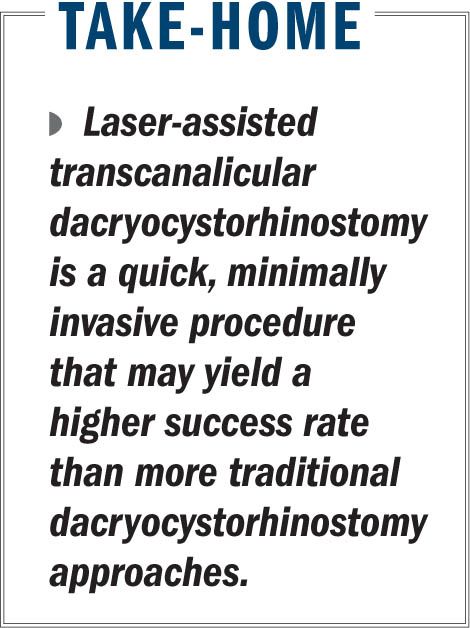
Related: Tear volume – a neglected issue?
Secondary acquired NLDO, meanwhile, may be caused by a number of factors including a bacterial, fungal or viral infection, inflammation (e.g., Wegener granulomatosis and sarcoidosis), neoplasms, sinus disease/sinonasal surgery, systemic chemotherapy, radiation, presence of foreign bodies, use of eye drops and trauma-to name but a few.
Treatment strategies
In infants, NLDO usually heals by itself within the first year; however, in adults, some form of intervention is almost always necessary, ranging from simple massage to surgical interventions such as balloon catheter dilatation, conjunctivodacryocystorhinostomy, inferior meatus surgery, placement of a stent, or dacryocystorhinostomy. The latter of these approaches, dacryocystorhinostomy (DCR), is the treatment of choice for many patients and may be roughly classified as external or endonasal.
Endonasal DCR, which involves the creation of a large ostium and construction of nasal and lacrimal sac mucosal flaps, has grown in popularity, in part due to advances in technology which permit improved visualization of the lateral nasal wall, but also because endonasal DCR (unlike external DCR) does not require any incisions, thus external scarring, which many patients find distressing, is avoided. It also has a shorter procedure time and a faster recovery rate than external DCR.
Not surprisingly then, endonasal DCR is becoming the treatment of choice for obstructions of the nasolacrimal duct and also as a revision procedure for failed classic DCR.1
Transcanalicular DCR
Transcanalicular DCR
Even less traumatic than endonasal DCR is transcanalicular DCR. In transcanalicular DCR, a probe is inserted through the lower lacrimal punctum via the canaliculus into the lacrimal sac following the pathway of lacrimal fluid outflow.1,2
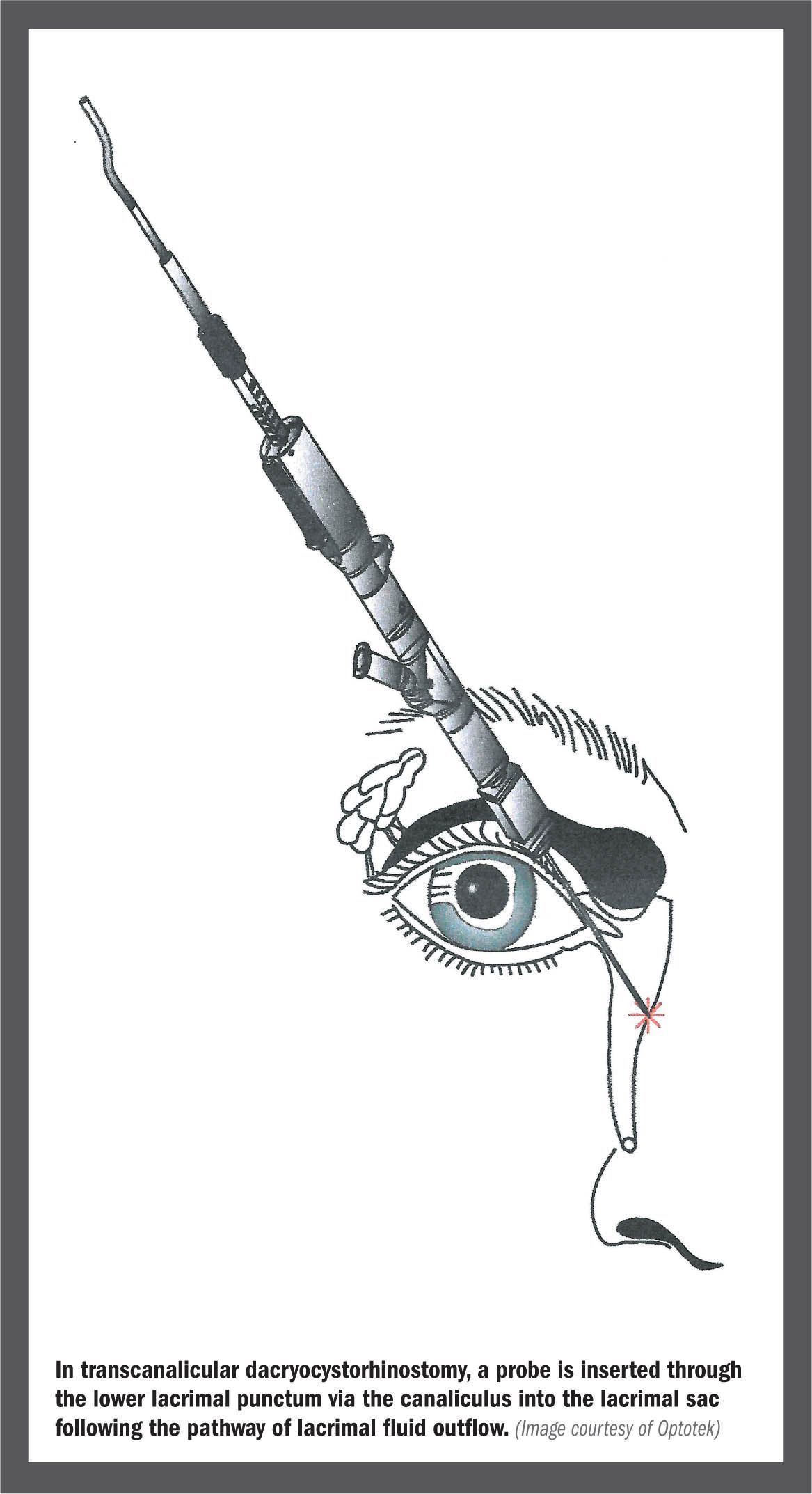
Osteotomy is then performed using laser beam which is passed through an optic fiber contained within the probe. Laser transcanalicular DCR has numerous advantages over mechanical DCR including more precise cutting and removal of tissue, and minimal trauma to the surrounding tissue.
More: A surgeon’s pursuit of sutureless blepharoplasty
Moreover, as compared with other forms of DCR, laser transcanalicular DCR has a short operating time, minimal complications, and is a safe and effective procedure with rapid recovery and minimal disruption to the patient’s life.
Although different lasers (with different wavelengths) have been employed during laser DCR-including Nd-YAG, Ho-YAG, KTP and Er-YAG-a 980 nm appears to best fulfill the requirements of laser DCR because it has an excellent absorption in hemoglobin, resulting in cutting and hemostasis with minimal residual thermal damage to the target tissue.
I use a device from Optotek Medical (Ljubljana, Slovenia) for all of my laser transcanalicular DCR procedures. The device, originally known as the OptoLight 25, which I helped to design (the current next-generation device is called the LacriMax), delivers 10 W of power through a 400 μm fiber, making it ideal for precise surgery.
Its wavelength of 980 nm is also perfectly matched to the absorption peak of water, which, together with its excellent absorption in hemoglobin, results in cutting and hemostasis with minimal lateral thermal damage.3
More: In defense of endonasal DCR
Pain levels
Importantly, my patients experience little or no pain and swelling both during and following the procedure. For me, what makes this device really stand out is the proprietary handpiece because it helps to direct the laser fiber using one hand only.
When I started using this technique an endoscope used as a diagnostic tool was inserted into the handpiece. Very often an endoscope had been damaged by the laser light due to neigbouring position of the laser fiber probe.
We decided to simplify the handpiece in a proprietary configuration, which means that it serves as a fiber probe delivery system with additional irrigation system to enable a minimally invasive laser DCR approach.
Although I still use the original laser transcanalicular DCR device from Optotek in my practice, the new LacriMax, specifically dedicated for transcanalicular DCR, is very user friendly because the surgeon doesn’t need to perform any preoperative calculations (all paramters are predefined).
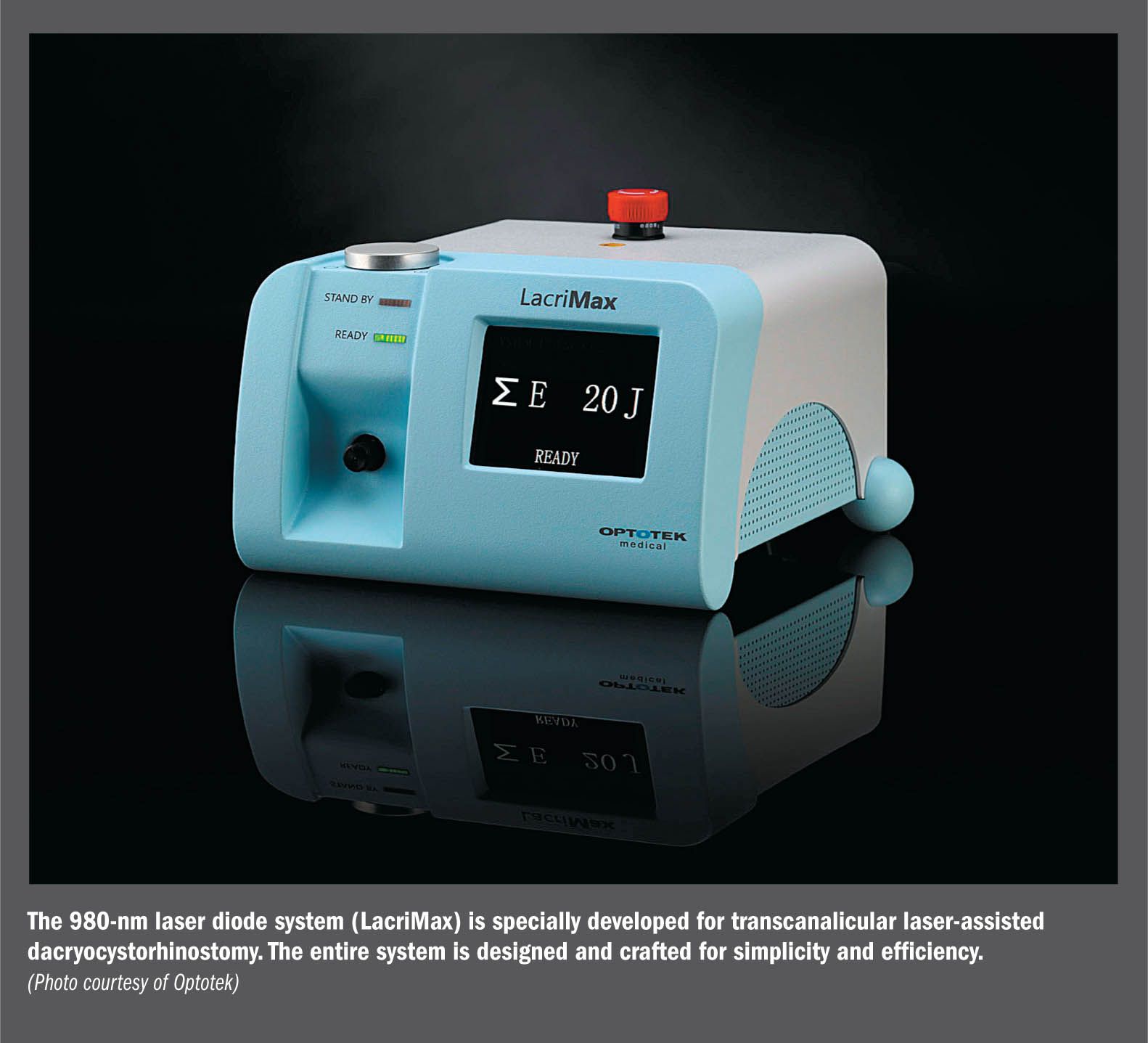
Additionally, the new cannula is smaller in diameter so it is much easier to insert. It is also helpful that the LacriMax machine automatically recognizes the diameter of the laser fiber.
The procedure
The procedure
Before the procedure, the sleeve of the optic fiber (which is contained within silicone tubing) is carefully peeled away. The tip of the fiber is cut off with a diamond knife to produce a sharp tip, which in turn produces a sharp laser beam. The fiber is inserted into the device’s hand piece. Before surgery, the laser beam is always tested on a paper surface.
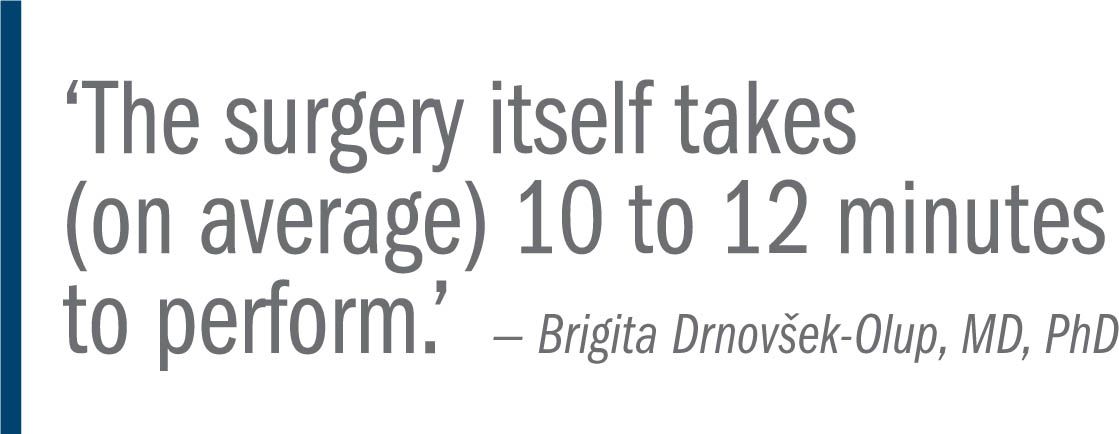
Laser transcanalicular DCR can be performed under local or general anesthesia. The lower punctum is first dilated with a dilator and then the probe with illumination is inserted through the lower punctum into the lower canaliculus, the common canaliculus and into the lacrimal sac. The tip of the illumination probe is pointed toward the medial wall of the lacrimal sac; its position can then be checked using a nasal specula or an endonasal endoscope.
The illumination probe is removed and we insert a laser probe delivered through the handpiece and cannula. On the monitor, the surgeon will see a flickering red light which is the laser pulsing. After only a few pulses of laser energy, an osteotomy of about 3 mm in size is produced with minimal damage to the surrounding tissue.
At this point, the passage of irrigation fluid through the osteotomy can be clearly observed. Following creation of the osteotomy, bicanalicular or monocanalicular (upper and/or lower canaliculus) intubation is performed. The end of the silicone tubes are then pulled out of the nose and a knot is made inside the nasal cavity to prevent falling out.
Clinical outcomes
Previously, tests were performed on animal cadaver tissue in order to calculate the right parameters and also to see what would happen if we used the laser energy with and without irrigation. Pathohistological tests were then performed to see whether the procedure caused any damage to surrounding tissue.
Subsequently, we began using laser transcanalicular DCR in patients with permission from the Republic of Slovenia National Medical Ethics Commitee.
Several years ago, we undertook a long-term study including 482 treatments on 442 patients. Our success rate was 85% and side effects were minimal. When I first started using laser transcanalicular DCR, I used a higher energy (which was later realised to be unnecessary). In rare cases, this caused edema of the lower eyelid which resolved spontaneously. Some patients may also have a nose bleed, but this is unusual, perhaps one case in several hundred.
Key considerations
Key considerations
Although transcanalicular laser assisted DCR is suitable for the majority of NLDO patients, it should not be used in patients with malignancies or with acute dacryocystitis. With regard to the latter, it is advisable to resolve the inflammation with antibiotics and irrigation before proceeding with laser endocanalicular DCR.
During the procedure, it is essential for the surgeon to wear protective safety goggles at all times.
It is also necessary to ensure there is constant irrigation of fluid throughout surgery, firstly to ensure that the lacrimal pathways remain open, but also to cool the side of the laser so that there is no charring of the osteotomy site and nasal mucosa.
It is imperative to use a hand piece to direct and control the laser fiber. Many surgeons who perform transcanalicular laser assisted DCR use a bare optical fiber which causes charring. Using a bare optical fiber without a hand piece also affords the surgeon with little or no control over what is happening inside the lacrimal pathways.
The surgery itself takes (on average) 10 to 12 minutes to perform. It is also easy to learn, particularly for surgeons who are already familiar with DCR and know the anatomy of the nose well. For a growing number of surgeons, transcanalicular laser-assisted DCR is the treatment of choice for NLDO.
References
1. Drnovsek-Olup B, Beltram M. Transcanalicular diode laser-assisted lacryocystorhinostomy. Indian J Ophthalmol. 2010;58:213-217.
2. Jack MK. Dacryocystorhinostomy: description of a transcanalicular method. Am J Ophthalmol. 1963;56:974-977.
3. LacriMax. Optotek. http://www.optotek-medical.com/ophthalmology/lacrimax25-optolight25 Last accessed, Jan. 27, 2016.
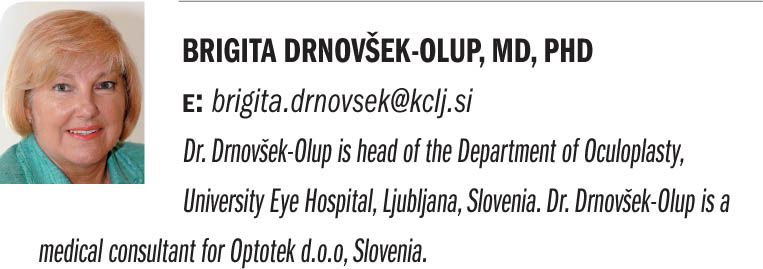
Newsletter
Don’t miss out—get Ophthalmology Times updates on the latest clinical advancements and expert interviews, straight to your inbox.




